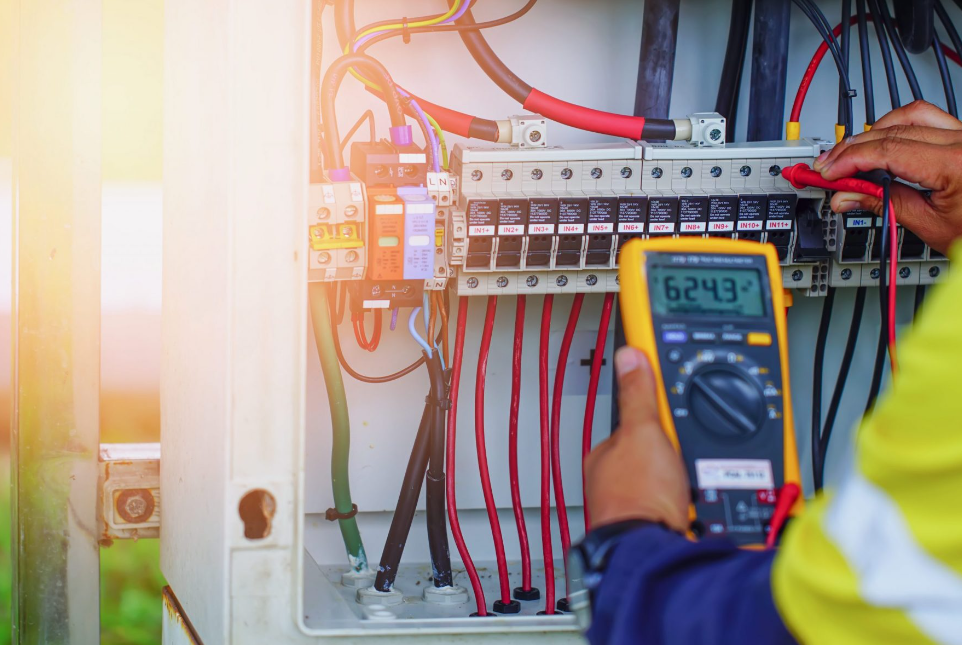
Electrical installation in your home can be a daunting task. Several things need to be considered, such as the size of the installation, the type of products to be used, the environment, and the project’s complexity.
In addition, it is important to ensure that a qualified and experienced electrician carries out the installation. This will help ensure the installation is carried out correctly and safely.
Here are 6 tips for safe electrical installation in your home:
Check the Installation Is Legal:
You should check with your local council that any work meets all relevant regulations and standards. This includes making sure that all cables are installed underground and that any work being carried out by an electrician has been approved by them first.
Work with An Experienced Electrician:
You must work with an experienced electrician when installing electrical systems in your home so they are installed correctly and safely relayed. Electricians certified by organisations like NARI or ECIWV can provide quality service that meets industry standards.
Get a Certified Electrical Inspection:
An electrical inspector will examine your home’s wiring to ensure it complies with local building codes and regulations. They will also check for evidence of improper grounding or wiring connections.

Make sure circuits are properly labelled:
All electrical circuits must be clearly labelled, so it’s easy for everyone in your house to know where they go and what they do. This helps avoid confusion and accidents later on down the road. Each circuit should also have its breaker in your main panel box, so you can turn off power to individual areas when necessary (for example, during repairs).
Check Your Appliances:
Many home electrical problems start with old appliances. Before you call an electrician, check that all your appliances have been tested under current regulations. If not, they could pose serious risks to you and your family.
Section: Have someone check your work:
You must have someone else check your work before you leave any job site or room where you have been working on electrical work. Checking for safety issues is essential so that no one gets hurt in your home or business premises.
Conclusion:
With the right preparation, electrical installation in your home doesn’t have to be daunting. From checking the property for any faults beforehand to using a qualified electrician’s services, some things need to be considered when planning for installation.
